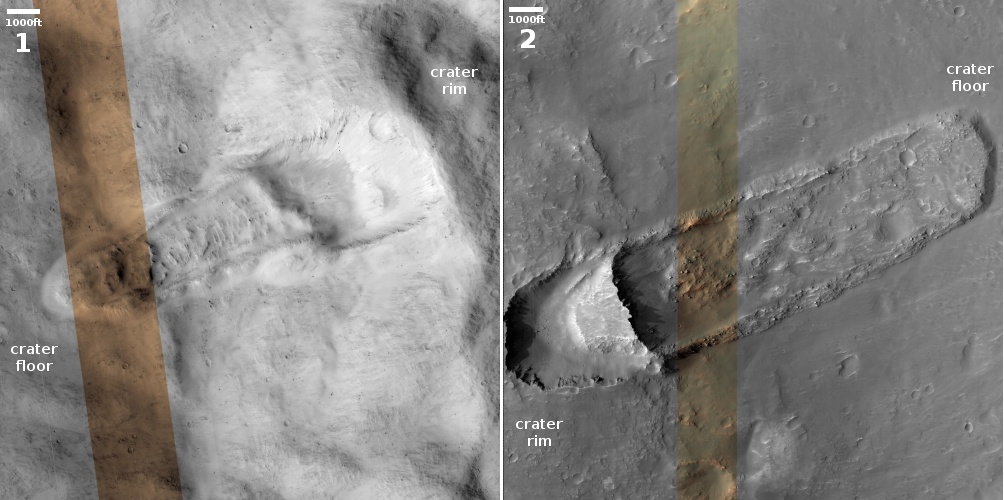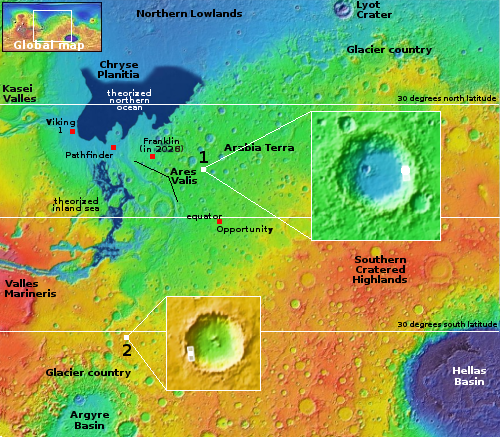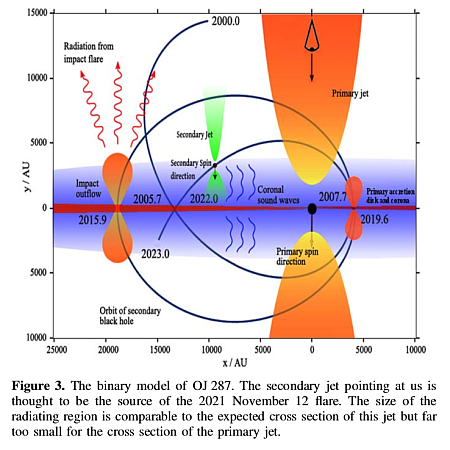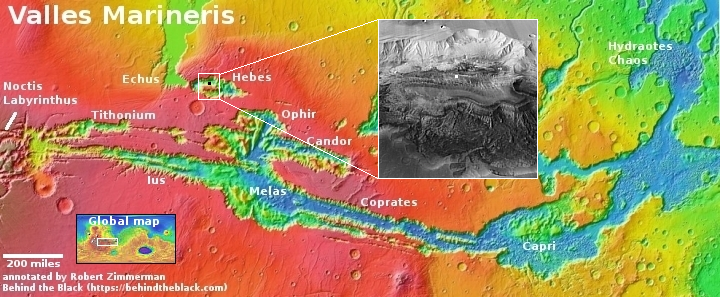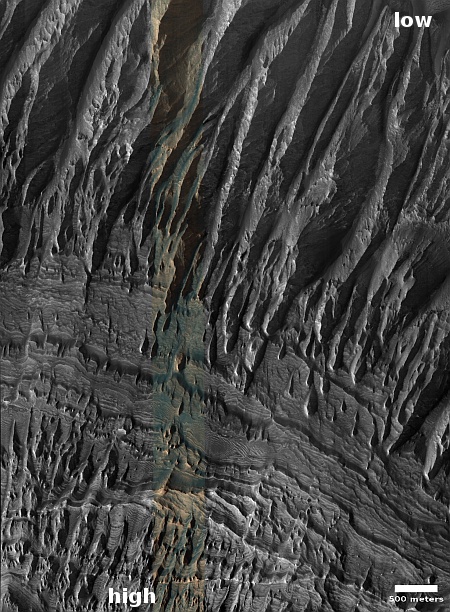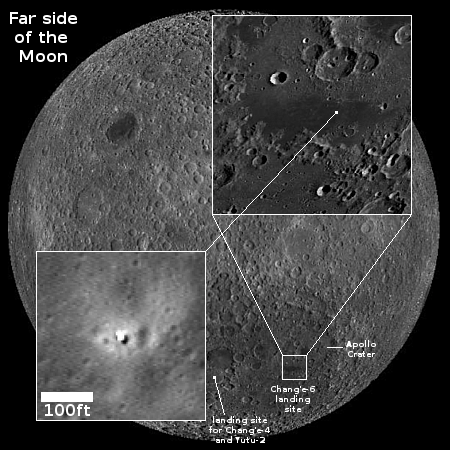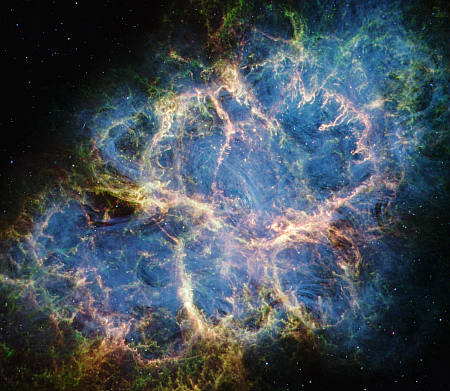China launches gamma-ray space telescope
China today successfully launched the Space-based Multi-band Variable Object Monitor (SVOM) gamma-ray space telescope, a 20-year-long joint Chinese-French project to monitor astronomical gamma ray bursts.
SVOM was placed in orbit by a Long March 2C rocket lifting off from China’s Xichang spaceport in the southwest of China. No word on where the rocket’s lower stages — which use very toxic hypergolic fuels — crashed inside China. UPDATE: See this video from China. Apparently one stage landed close to homes, spewing that orange hypergolic fuel.
The leaders in the 2024 launch race:
64 SpaceX
28 China
8 Russia
8 Rocket Lab
American private enterprise still leads the world combined in successful launches, 75 to 42, while SpaceX by itself still leads the entire world, including other American companies, 64 to 53.
China today successfully launched the Space-based Multi-band Variable Object Monitor (SVOM) gamma-ray space telescope, a 20-year-long joint Chinese-French project to monitor astronomical gamma ray bursts.
SVOM was placed in orbit by a Long March 2C rocket lifting off from China’s Xichang spaceport in the southwest of China. No word on where the rocket’s lower stages — which use very toxic hypergolic fuels — crashed inside China. UPDATE: See this video from China. Apparently one stage landed close to homes, spewing that orange hypergolic fuel.
The leaders in the 2024 launch race:
64 SpaceX
28 China
8 Russia
8 Rocket Lab
American private enterprise still leads the world combined in successful launches, 75 to 42, while SpaceX by itself still leads the entire world, including other American companies, 64 to 53.



